Tracing & Addressing the Origin of Problems
I have been working on trying to understand what underlies human behavior and mental and emotional issues since childhood. At 4 years old, I was overheard telling a playmate “you’re master of yourself”. And while self-mastery is possible as we know of saints and gurus that appear to have achieved it, the 24/7 responsibility to monitor and correct your thoughts, beliefs and judgments, and then healing the emotions that stem from those thoughts — is a major, lifelong task that all too often seems like putting one foot forward but moving two feet back.
In elementary school I started giving advice based on Dale Carnegie’s book, “How to Win Friends and Influence People” to my friends who didn’t know how to deal with fellow classmates. It’s a good book. Yet, despite reading a library of helpful self-help books and learning a multiple of therapeutic techniques from multiple modalities over decades.
Deep, personal healing goes beyond the lens of known problems and difficult relationships.
It necessitates tracing the origins of issues and relationships back through previous lifetimes, through family and ancestral lineage, addressing the universal flaws existing within all of humanity such as the 7 deadly sins of pride, greed, wrath, envy, lust, gluttony and sloth. And it involves healing the pain of what was perceived as missing especially in childhood of love, understanding, acceptance and forgiveness.
The known problems are CLUES to the real cause lying beneath negative repeating patterns.
DOWN THE RABBIT HOLE
Initially, when I had a problem, I focused on the current incident or the person with whom I had the problem. But then when more problems with that person occurred, I had to focus on the relationship as a whole. And when that didn’t stop the problem, I had to consider that the problems with that person might stem with the soul of that person that could go back through earlier and perhaps many lifetimes.
Later when I thought I had resolved the current situation, I noticed that same type of problem happened again, but now with someone else. So, I moved on to clearing the issue around all similar events about which I could remember, and that could involve even more people. Clearing the origin of the issue could involve clearing multiple lifetimes and multiple people and clump together with related issues. Yet, no matter how time consuming to address, once the same sort of problem happens three times, it means a pattern has been established that will only continue to reoccur until it is resolved.
We all know that future generations can be sensitized to specific fears such as that of discrimination or violence by hearing horrid stories of one’s ancestors. But recent research with children of holocaust survivors found that these children were more fearful than Jews from families that had not been in the concentration camps. The study hypothesized that these excessive fears were passed down on the DNA. This correlates with experiments on mice – the specific fears of the parents were transferred down to offspring. Perhaps this is a survival mechanism. But what this means in therapy is that is the need to address the issues experienced by our ancestors as well. Dr. Bradley Nelson has proven in his book, The Emotion Code, that doing so can have tremendous therapeutic effect.
Further indications of problems passing down the family line is that of a role played in the family such as that of the invalid or the black sheep or the crazy one, or what has been called ‘the family curse’.
Lately, I am following the theory that the source of the problem does not just originate within the self with its own beliefs and judgements and unresolved traumas from this and other lifetimes, nor that of our personal ancestors, but can originate even further back within what we call the “collective unconscious” – in other words, within the shared consciousness of all of humanity, and perhaps other species as well, throughout all of time.
As Dr. Hew Len who popularized Ho’Oponopono said,
“we cannot know the origin of the problem.” Hence, it is helpful to make space for the healing to go wherever it is needed without you knowing where it began.
Dr. Len’s method was to continually pray to heal his own thoughts or consciousness underlying the problem whether he knew what those thoughts might be: “I’m sorry. Please forgive me. I love you. Thank you.” My own wording for this is:
“I’m sorry for whatever is within me, my relatives or ancestors in this or another lifetime that attracted, allowed, caused, contributed to or resonated in any way with this ____ (problem/situation ___of/with ___).
Please forgive me. Please forgive all of us.
I love you ____ [my name or Creator’s].
Thank you for bringing to my attention what needs to heal within myself. Thank you for bringing healing into this ____ (problem/situation) for the highest good of all concerned. Thank you for correcting any distortion in my consciousness or in our shared consciousness.”
In the collective unconscious are the origins of every wonderful attribute of humanity seen also in the animal kingdom – love, empathy, kindness, protection of the young, joy, etc.. But here too lay the inclination to do harm as well as the wounds from that harm experienced by our ancestors from covetousness and greed, theft, betrayal, control and domination, manipulation, deceit and cunning, disruption and chaos, lies and broken promises, violence, rage and hate, mental, emotional and physical abuse, lust and rape — all traumas replayed over and over again from perhaps the very beginning of mankind. In dealing with the ancient roots of the problem,
I have come to the conclusion that deep healing ultimately requires appealing to something bigger than ourselves– the Divine, the Source of All That Is, the great I AM — in short, prayer is needed with repeated group prayer being the most effective.
“Where two or three are gathered together in my name, there I am in the midst of you.”
To resolve what underlay a particular problem, I had to go back to the beginning (wherever that was). Hypnotic regression and past life regression are helpful, but it requires the assistance of another person – something not always possible, practical or affordable. There had to be another way.
In addition to everything else, I work with a large number of unconscious healing modalities of which there are many techniques – my own Infinite Intelligence Process, my way of using pendulum dowsing with specially designed charts, meditation and self-hypnosis, the Emotional Freedom Technique, Emotion Code, Conceptual Therapy, Tapas Accupressure, Neural Linguistic Programming, several hypnotic visualizations, and hypnotic techniques as by A.L. Ward, E. Art Winkler, Ho’Oponopono, and I continue to add more. Dowser Joachim Wippich’s work also deals with correcting unconscious thoughts and may be worth exploring.
My basic intention is to turn all problems into a blessing –
- a blessing to me for the wisdom and fortitude to be gained in resolving them,
- a blessing to others in that I can now help them with what I learned from a problem similar to theirs,
- and a blessing to prevent others from suffering by learning from my experience.
And so, you can also turn your problems into blessings. Compost them and harvest wisdom and strength.
When I have gotten depressed or upset or frustrated with a problem that was defying resolution, I have remembered the words of Judith Baldwin, wife of Dr. William Baldwin, founder of Spirit Releasement Therapy:
“And It Came to Pass……Away!”
While problems can be caused by ignorance (as in “what can go wrong?), not paying attention, ignoring the signals or your gut level instincts, inexperience, lack of knowledge or training, not considering the ramifications of each potential choice, over estimating your own abilities as in “fools go where angels fear to tread,” trial and error, or curiosity as in “I wonder what can happen if….”, I believe that problems are meant to be temporary. We can create them out of our recklessness or stupidity. But when they are assigned by the universe as in homework, I believe that are intended as a means to heal long, unaddressed wounds, to grow in mental, emotional and spiritual strength and to test that strength. They are the means by which we gain both in valuable experience and wisdom and heal on a deeper level. I am also reminded of a saying:
“Man meant it for evil, but God meant it for good!”
Copyright by Roxanne Louise, 2022. However, this article may be shared in free online sources only if this copyright notice and link to http://www.roxannelouise.com and http://unlimitedpotentialhealingcenter.com are included with the content.


 Yet another conference is going virtual, but thrilled that it is still happening. HypnoBiz New York Conference this year is joining with other groups to be a huge collection of 64 presenters. For information,
Yet another conference is going virtual, but thrilled that it is still happening. HypnoBiz New York Conference this year is joining with other groups to be a huge collection of 64 presenters. For information, 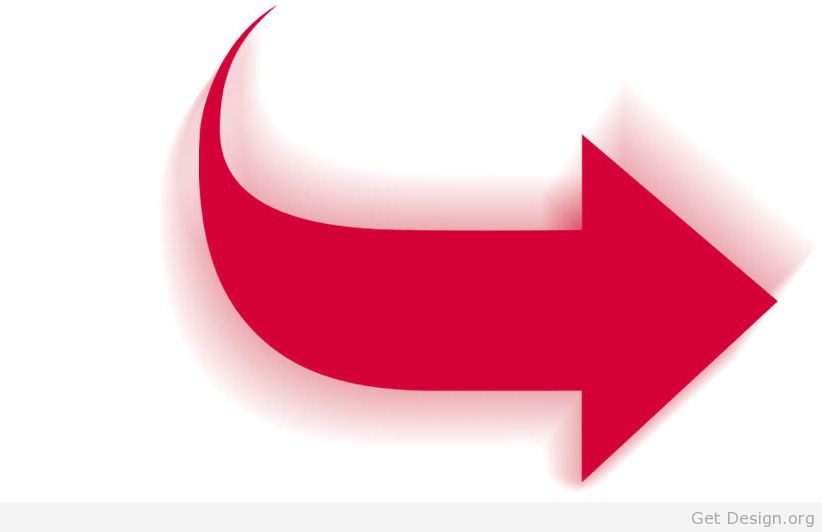 For information on the 154 page book,
For information on the 154 page book, 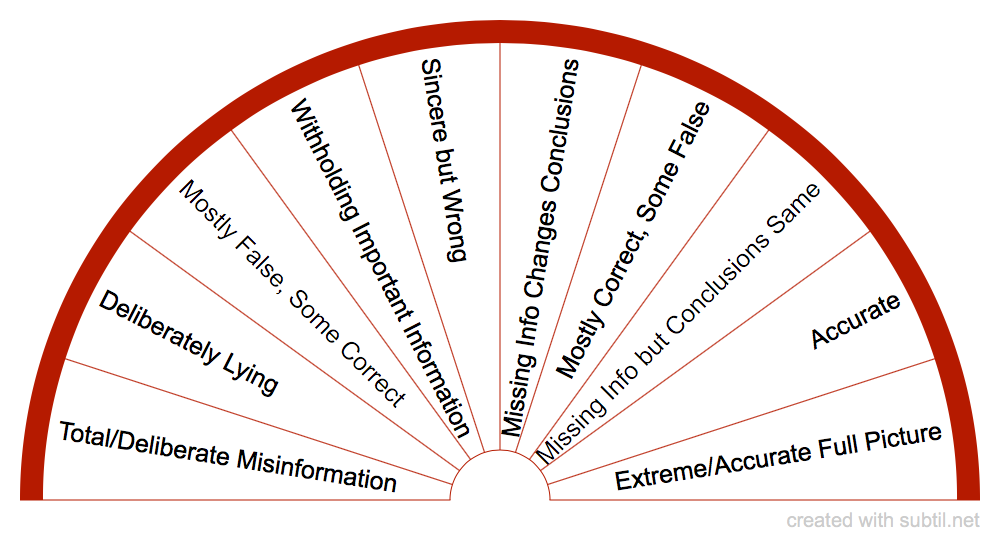
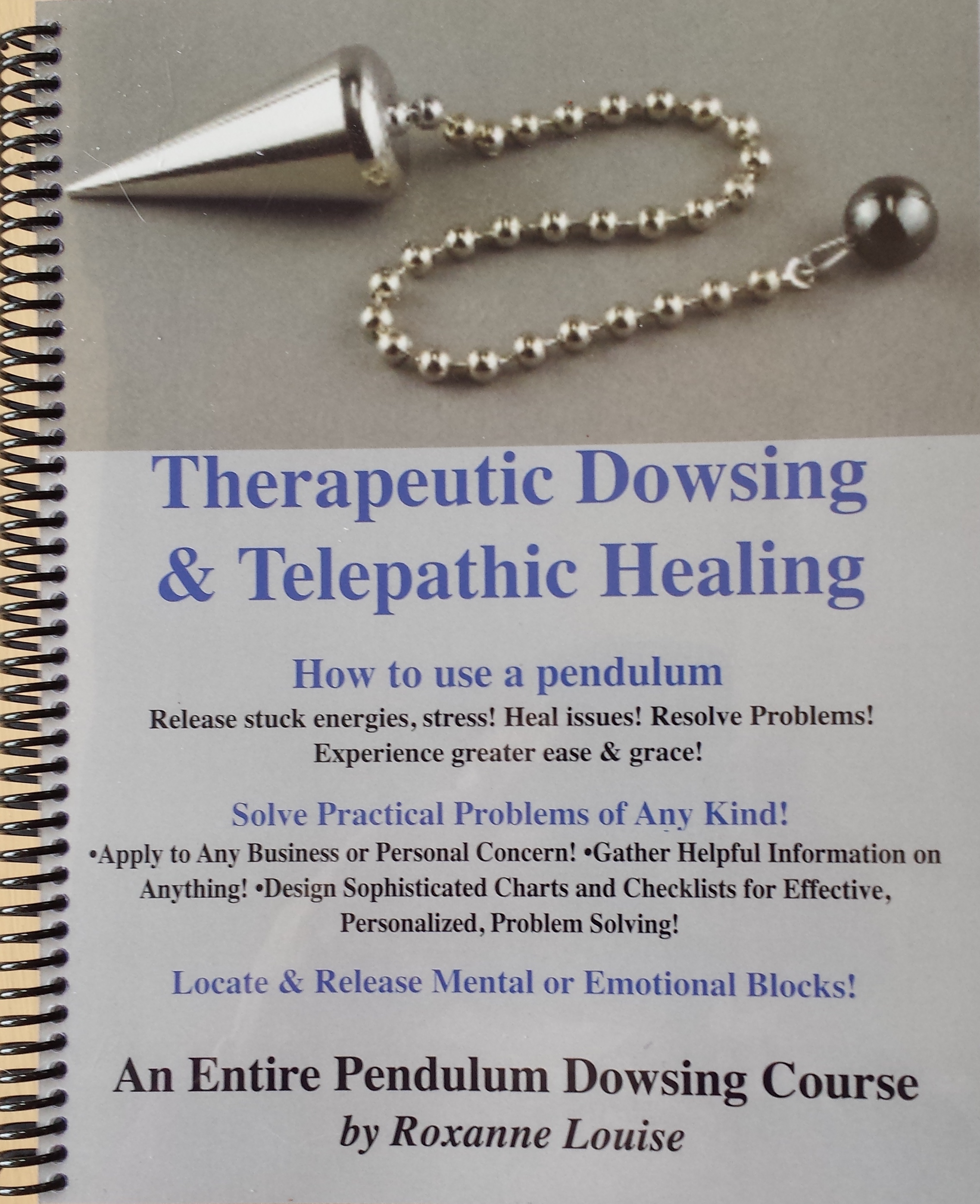 If you want to learn pendulum dowsing, my book below is a 248 page comprehensive manual to help you do so. For further information on it
If you want to learn pendulum dowsing, my book below is a 248 page comprehensive manual to help you do so. For further information on it 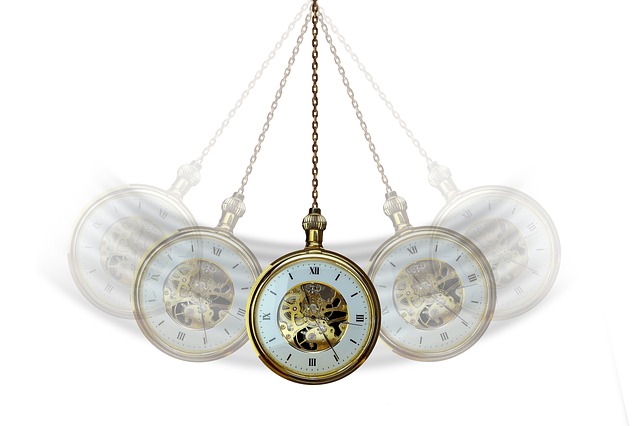
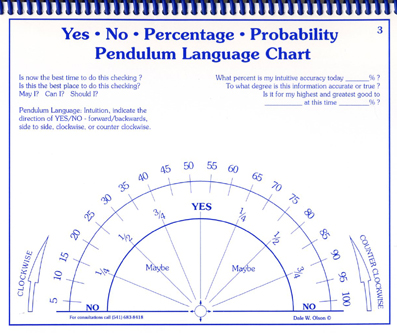 Here is a chart from Dale Olson that you can download free from his website,
Here is a chart from Dale Olson that you can download free from his website, 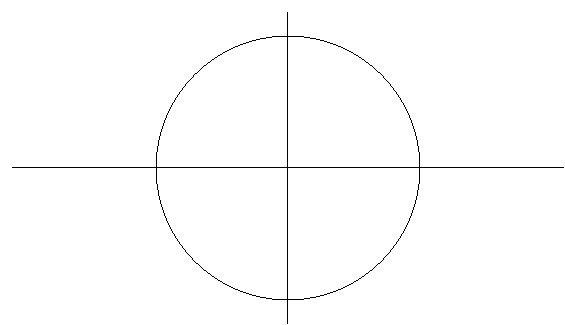
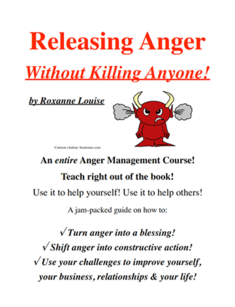 Become aware of underlying beliefs, judgments, faulty assumptions or perceptions that cause anger!
Become aware of underlying beliefs, judgments, faulty assumptions or perceptions that cause anger!
Recent Comments